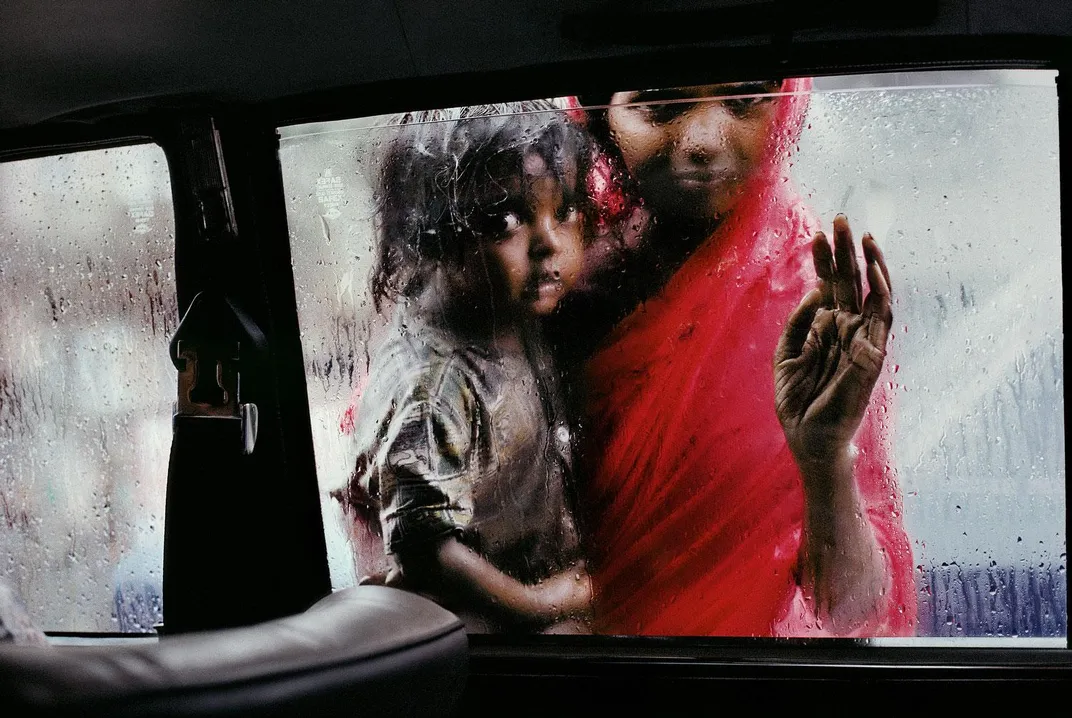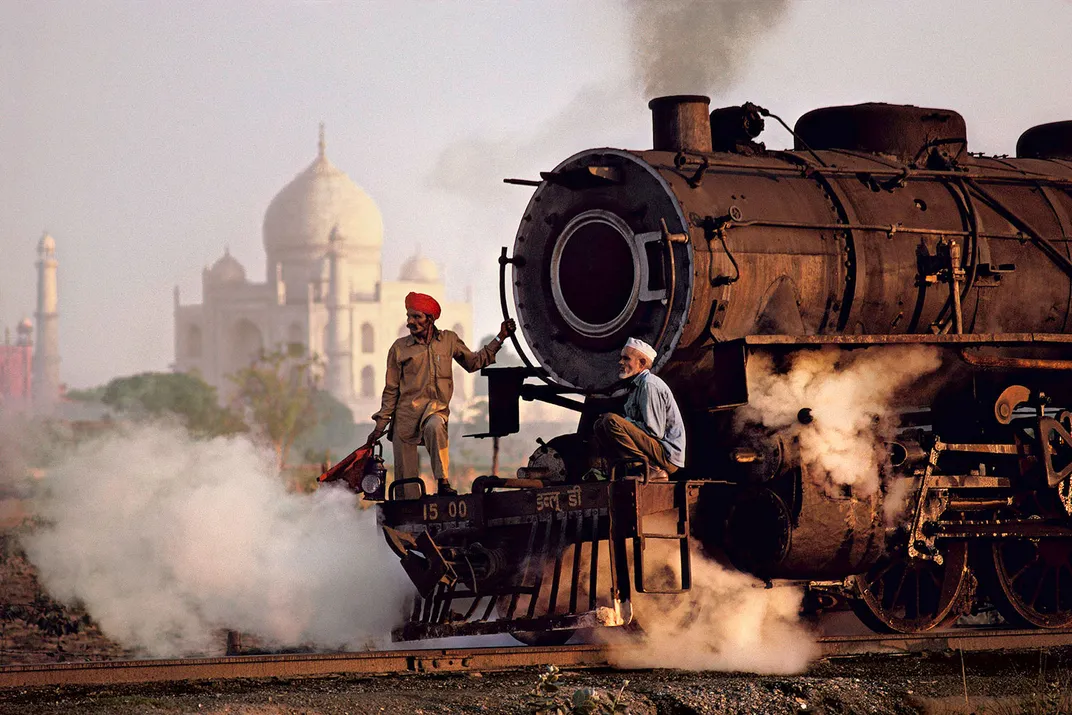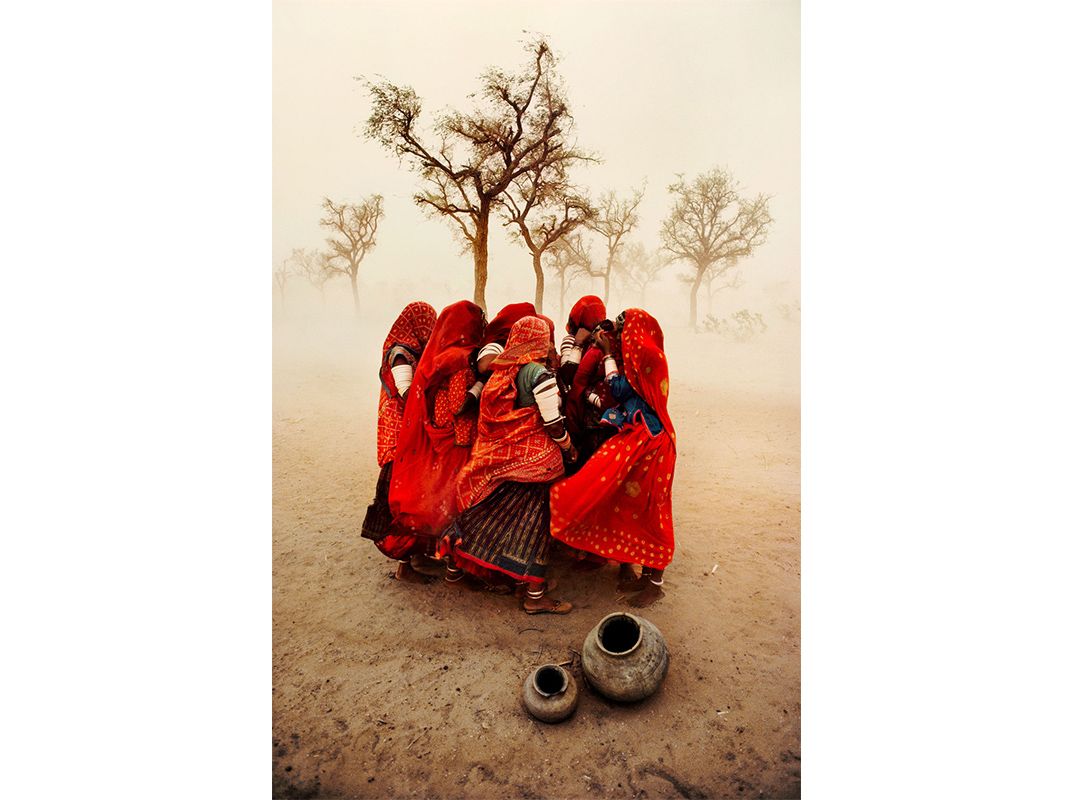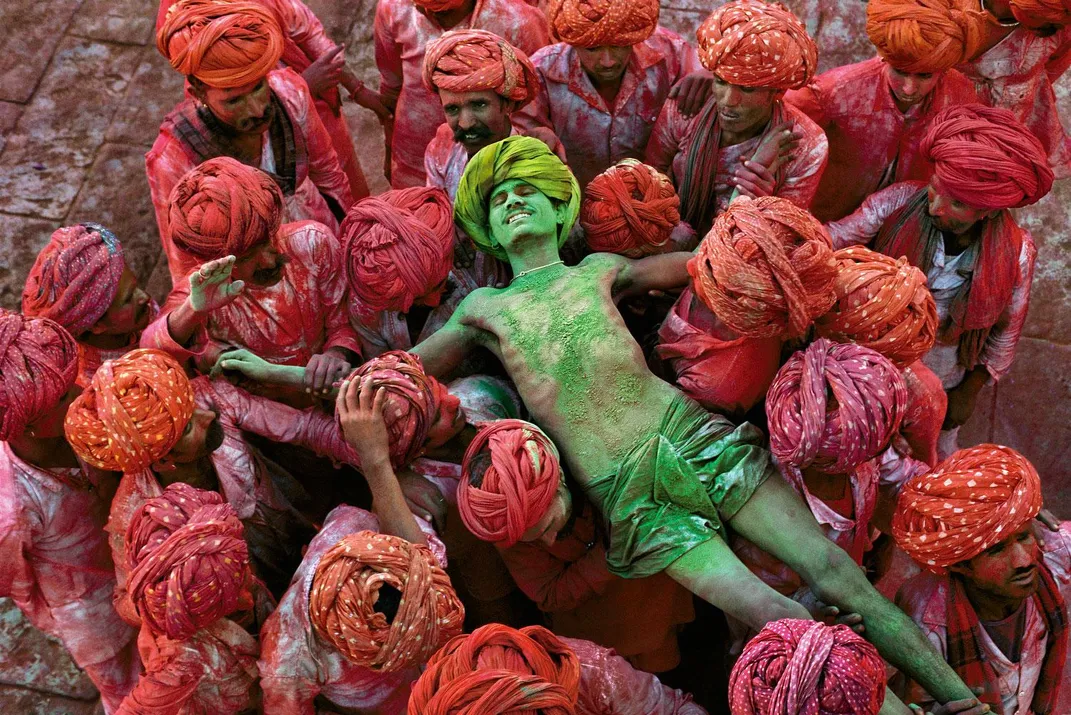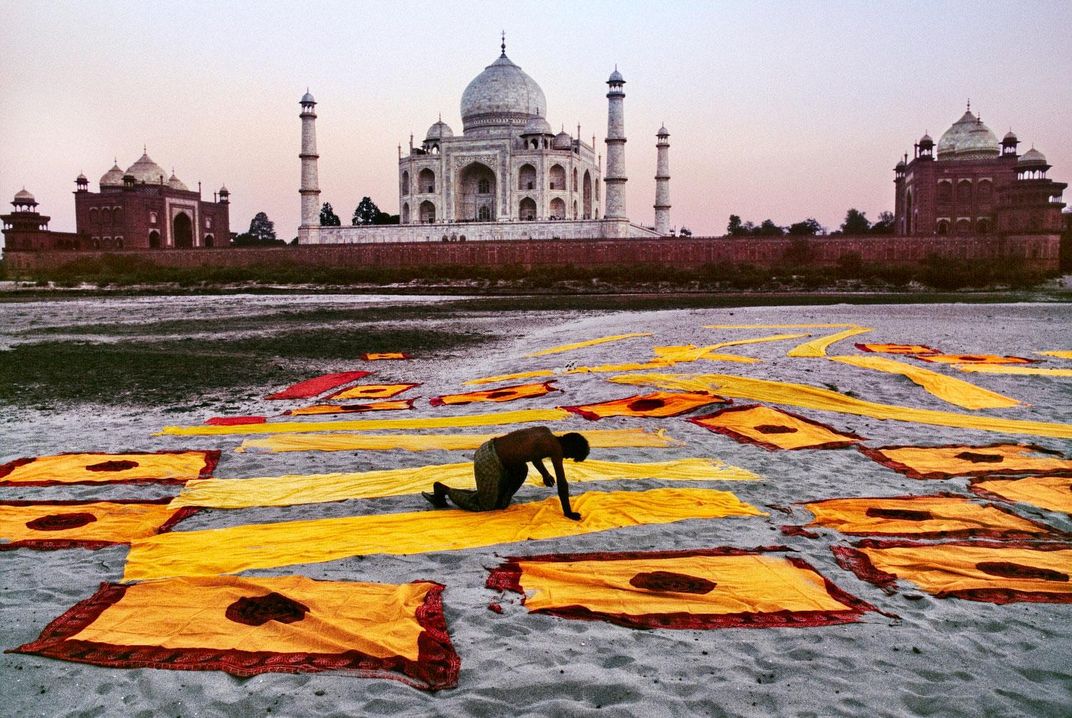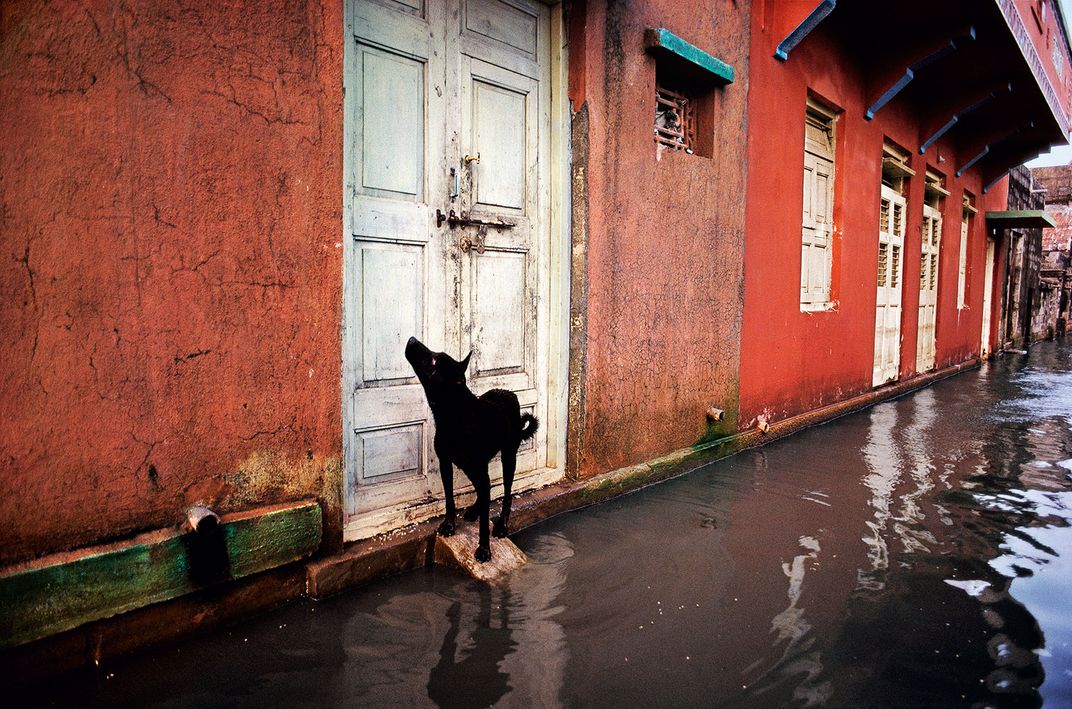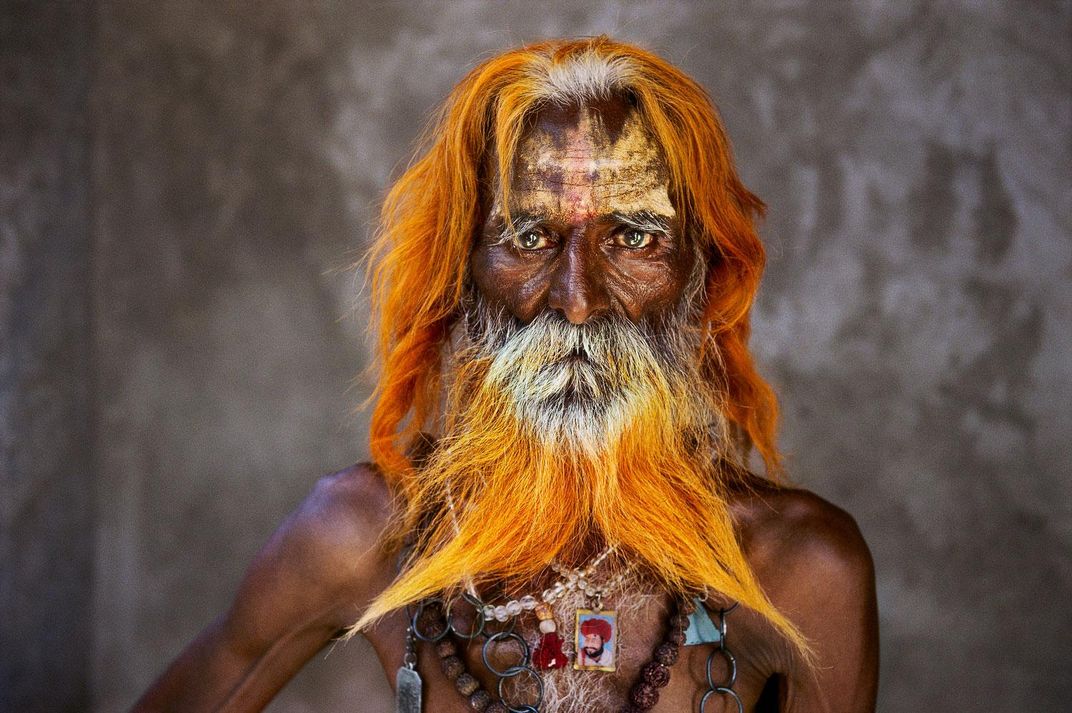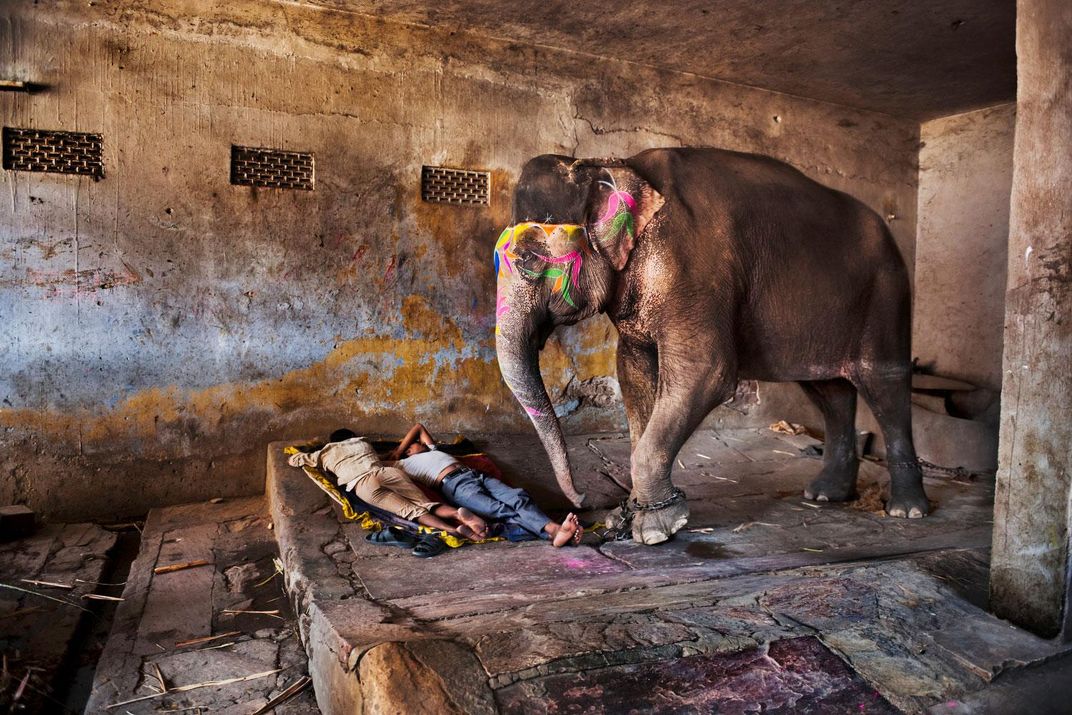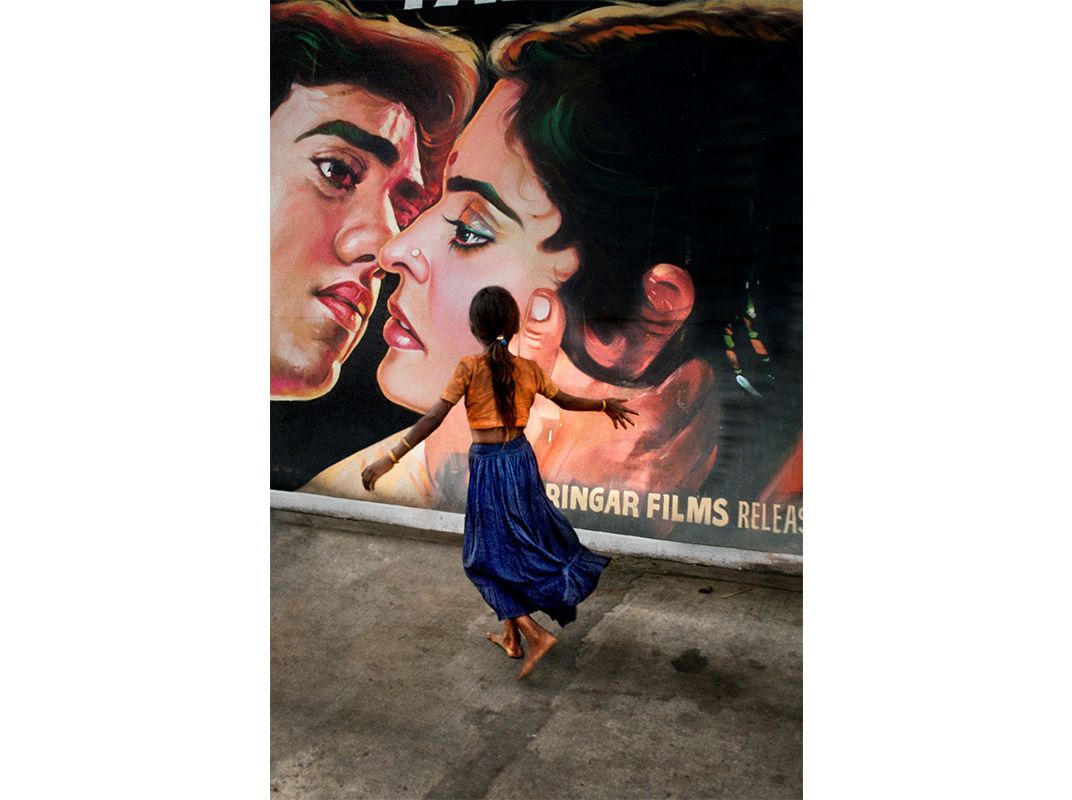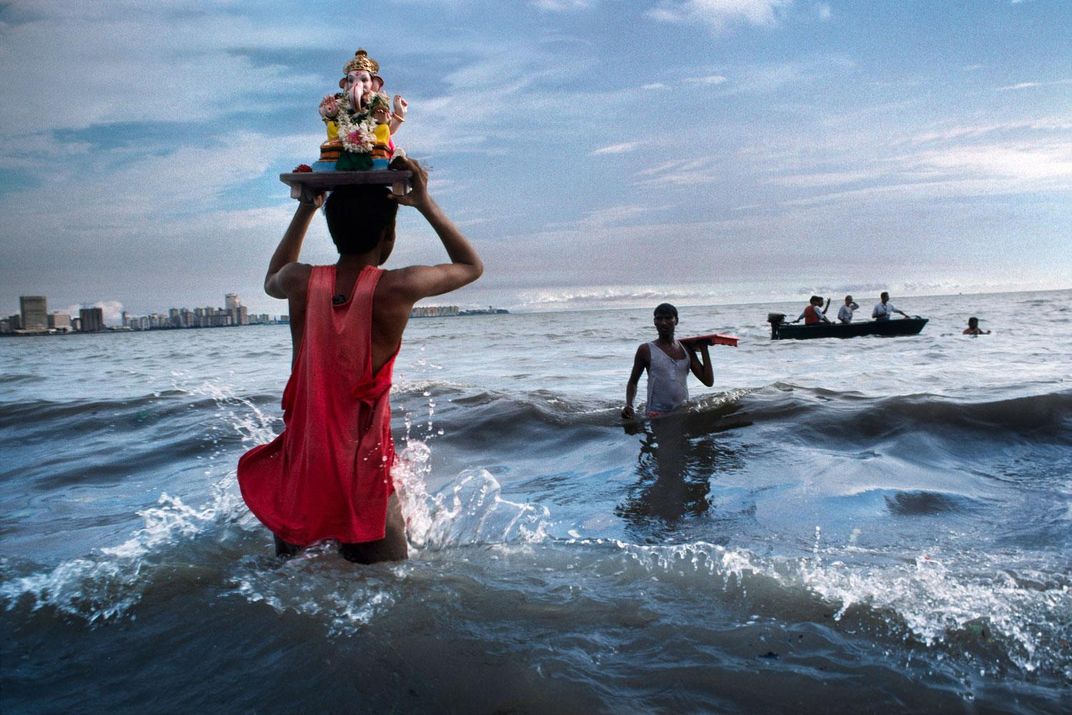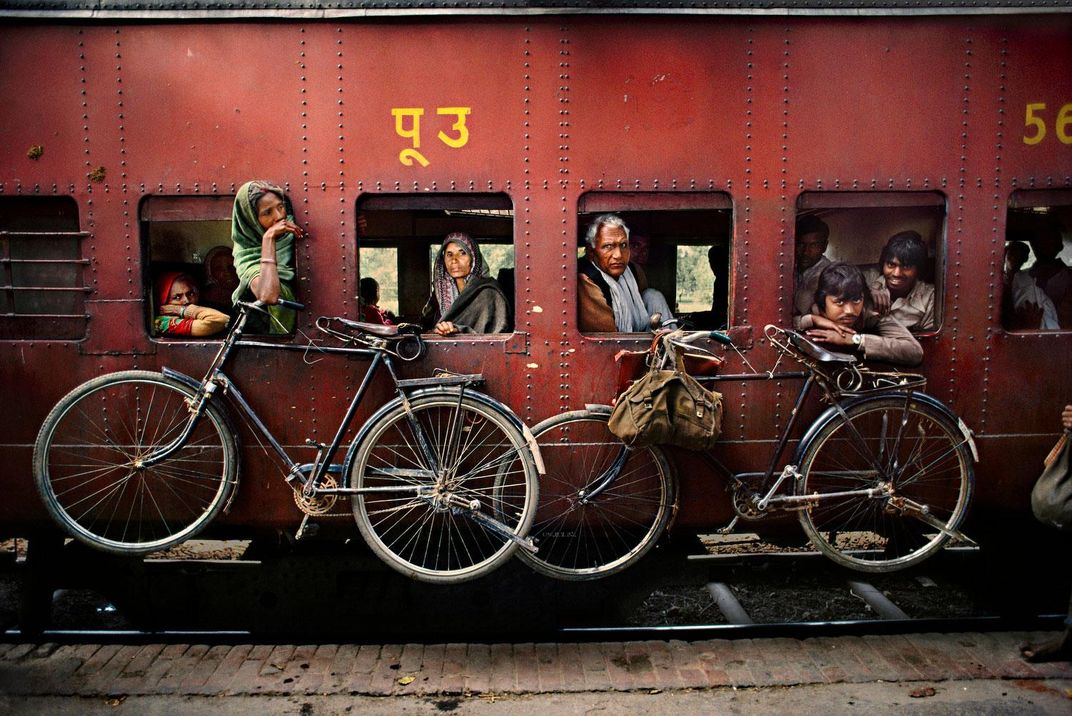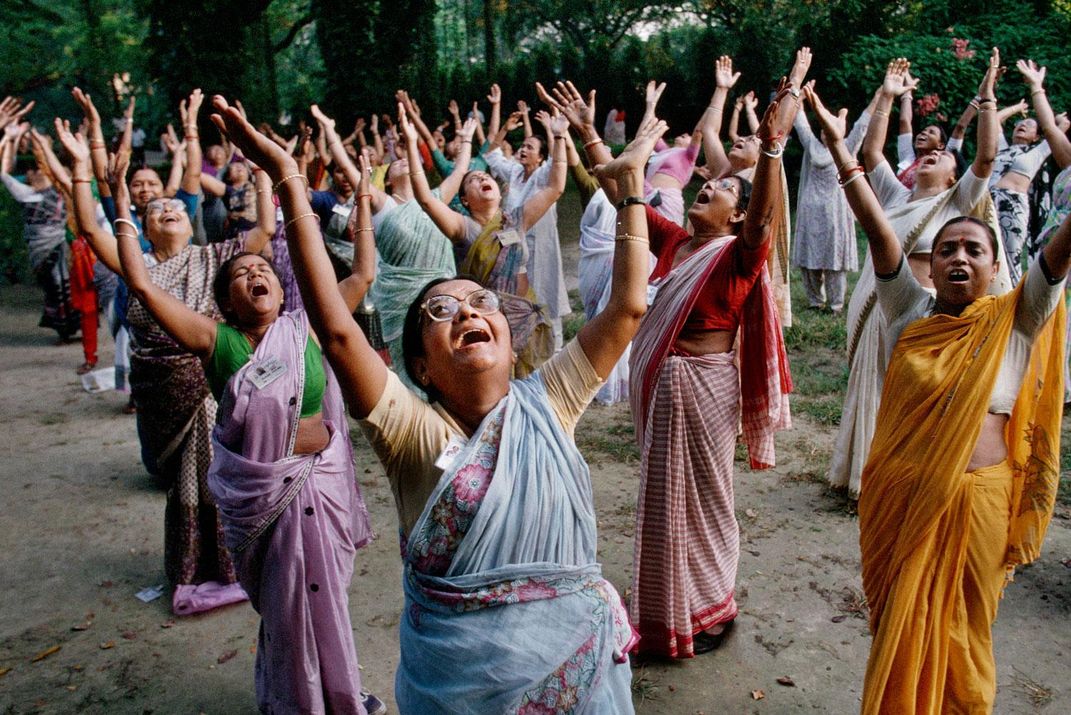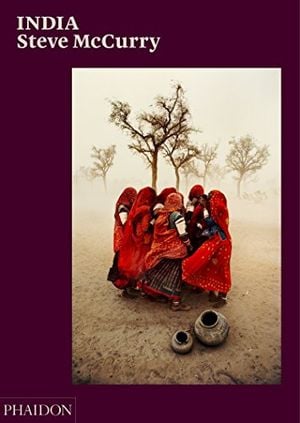Steve McCurry’s New Photography Book on India Has Been Decades in the Making
A conversation with the renowned photographer about his latest book of photographs
Last month, we published the first part of our interview with esteemed photographer Steve McCurry, whose work appears in two major book releases this fall. His photographs of the American South appeared in travel writer Paul Theroux’s new book, Deep South. (An early dispatch of this trip from Theroux, and featuring McCurry’s photography, appeared in Smithsonian in the July/August 2014 issue.) You can read our interview about his photographs for that project here.
This week, Phaidon releases a selection of McCurry’s images from India. It’s the culmination of decades of his photographs from the country, and opens with an introduction from writer and historian William Dalrymple, “Steve McCurry has been coming to India for more than 30 years, knows it intimately, understands its charms, and has seen it change,” Dalrymple writes. “This collection is a testament to a long-standing love of India, and a commitment to recording its wondrous diversity. It represents a genuine panorama of the country.”
McCurry spoke with Smithsonian.com about both projects in a two-part Q&A. An edited and condensed version of the second part, on India, is below.
Let’s start with the timing for this collection: Why now?
I wanted to do a book on India sometime between now and the end of my life, before I die, so this seemed like as good a time as any. There are a lot of things in life that we want to do and there are other places I want to travel to and experience apart from India. I don’t know when I’ll be back in India, so I thought this a good time to reflect on my 35 years of work in India, and let’s see what I could do with that material. I was at the point where I thought I had enough for a book.
That’s an interesting line, that you felt that you had enough for a book. What does it take for you to reach that point?
I think you have to put your work on the table. Put a hundred pictures down and see how they work together, see what kind of shape it makes, see that there’s a flow to the pictures, and see if it says what you feel and want to say about a particular place. I think that’s when you can look at the work and say, “This pretty much tells the story I want to tell.”
Not to ask you to oversimplify it, but what is the story you want to tell, not just about India, but also about your relationship to the country, photographing the country?
I think it’s a personal journey, a diary. It’s a look back at places and situations and people that touched me in a profound way. Being a book of pictures – I think that pretty much sums it up. That’s the essence of the thing. Every photography book is about a photographer taking on a project and wanting to say something with those pictures and it’s not so terribly complicated.
Were there any particular people or places that stuck with you? Or images that have interesting stories behind it?
The cover is one of my favorite pictures from India. It is these women trying to protect themselves from this swirling dust storm in the desert and it’s so poetic how they’re huddled together. They’re all trying to protect themselves from this wind and driving sand, it’s always been one of my favorites.
Are there any others from this book that stuck with you?
The man with the orange beard, he’s a very kind of elegant, dignified old man with this kind of really bright, orange beard. He was a magician, so there’s an element of the showman in this fellow. And he has this really kind of strong face, which I think tells an amazing story about his life and who he was and how he presented himself.
Another is the mother and child at the car window. They’re out in the traffic in the heat, the rain, the exhaust, the pollution, the heavy traffic, it’s a bit dangerous, and they’re out there looking for some money. And then I’m in this sort of air-conditioned car on my way to my hotel. It was an interesting juxtaposition between my world and theirs, the poverty of having to go out and beg on the street in the rain, in the middle of traffic..
There seems to be a theme of highlighting women’s stories, the way women all around the world have to work to raise their children, or take care of their families, or just survive. Do you see this theme? If not, are there other themes you do see?
Over a 40-year career, you end up with a large collection of children playing, women working, men doing this, men doing that, so if you have 800 pictures of women working, that becomes a significant body of work. Did I plan that when I stepped out the door on my first day as a photographer? Probably not. Could I do a book tomorrow on women working? Absolutely.
Is there a certain way you prefer to photograph people, to disarm them or earn their trust?
It depends on the situation. You may approach somebody sleeping on a park bench slightly differently than if you saw somebody walking down the street and you wanted to photograph them.
Is there a kind of scenario you find easiest or most challenging in an interesting way?
I don’t think there’s any secret or any particular skill, I think it’s just putting one foot in front of the other, and then moving your mouth to say, “Can I take your picture?” and try and do it so you don’t freak someone out. Unfortunately, it’s that simple. I think people generally can’t muster the energy or the courage to do that, that’s all it really takes.
